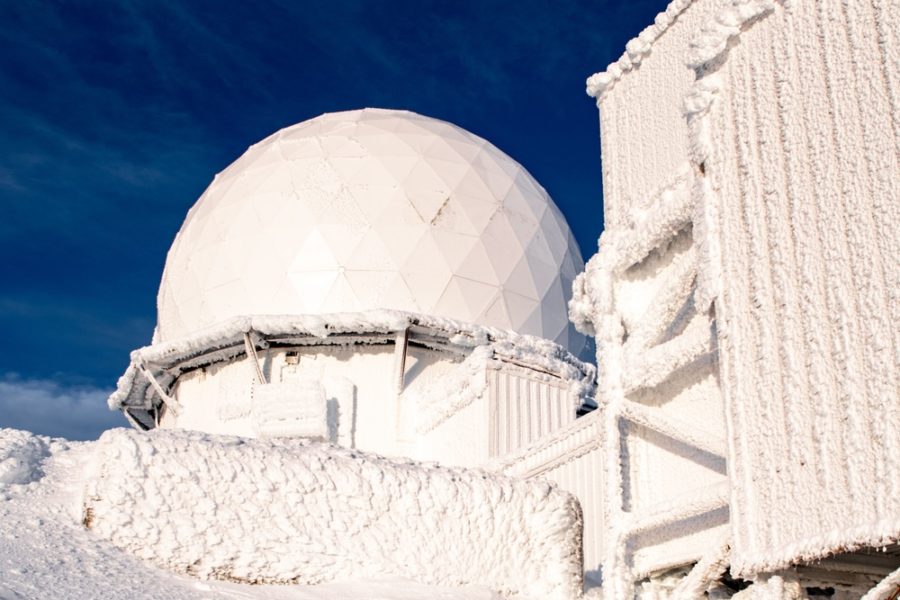The Defense Department announced Oct. 7 that it has adopted a Climate Adaptation Plan to guide decision-making on everything from readiness to supply chains. The plan and accompanying statement by Defense Secretary Lloyd J. Austin III were prompted by a Jan. 28 Executive Order by President Joe Biden calling for all agencies to adopt adaptation and resilience plans to address significant climate risks and vulnerabilities.
“Climate change is an existential threat to our nation’s security,” Austin said in the statement accompanying the plan announcement. “The Department of Defense must act swiftly and boldly to take on this challenge and prepare for damage that cannot be avoided.”
Austin’s statement said the plan will guide the nation’s warfighting needs “under increasingly extreme environmental conditions.”
The consequences of climate change are deteriorating U.S. military installations, limiting the capacity for the military to train and operate, and causing environmental conditions that may trigger instability around the world.
While environmental justice is noted in the document, the Climate Adaptation Plan, or CAP, makes the case for using climate change research, data, and innovation to achieve greater force readiness.
“We do not intend merely to adapt to the devastation of climate change,” Austin said. “The bold steps we are taking are good for the climate and also good for our mission of defending the nation.”
The report itself identifies climate change as “a critical national security issue and threat multiplier” as well as a management challenge. The report notes that extreme weather is already costing the Defense Department billions of dollars in degrading mission capabilities.
“These effects and costs are likely to increase as climate change accelerates,” the report states.
Not adapting to climate change will lead to lost military capability, weakened alliances, and degraded infrastructure, among other problems.
Austin, who signed the plan Sept. 1, made the case that the plan will make the U.S. military “even more resilient, efficient, and innovative.”
In a press release, the Pentagon said the new DOD CAP will guide decision-making regarding operations, planning activities, business processes, and resource allocation.
Five lines of effort include: climate-informed decision-making; training and equipping a climate-ready force; resiliently built and natural infrastructure; supply chain resilience and innovation; and enhanced adaptation and resilience through collaboration. Each will use data monitoring, innovation, climate literacy, and environmental justice to achieve its objectives.
DOD describes an “end state” that ensures the department can preserve operational capability and operate under changing climate conditions.
The department defined climate-informed decision making as the use of “actionable science” in all department processes.
A training and readiness element describes “a climate-ready force” and new focus operating “under the most extreme and adverse conditions.” The climate will influence major exercises and contingency planning.
For installations, the department will use a “Defense Climate Assessment Tool” to design installation resilience plans. Decisions about supply chain management will be made to reduce vulnerabilities and promote technologies for “a clean energy transformation.”
The press release also describes how “DOD’s environmental justice strategy” will impact department organizational structure, policies, and agile mission assurance. Specific changes or when they might take place were not outlined.
